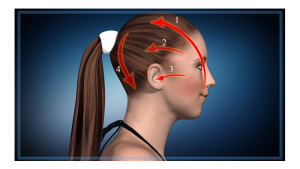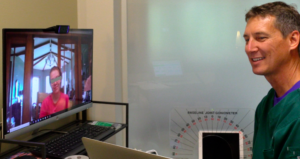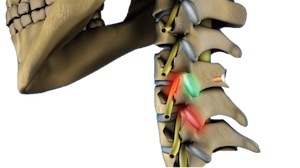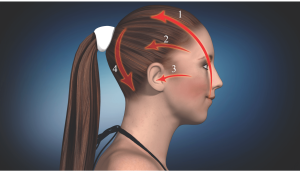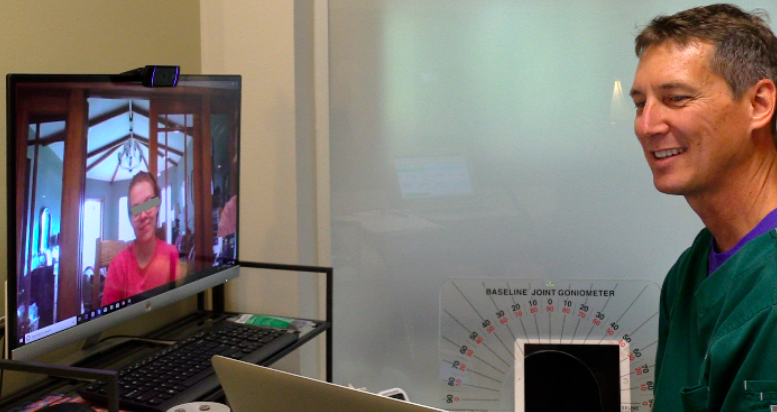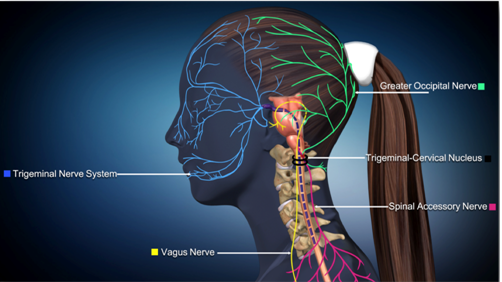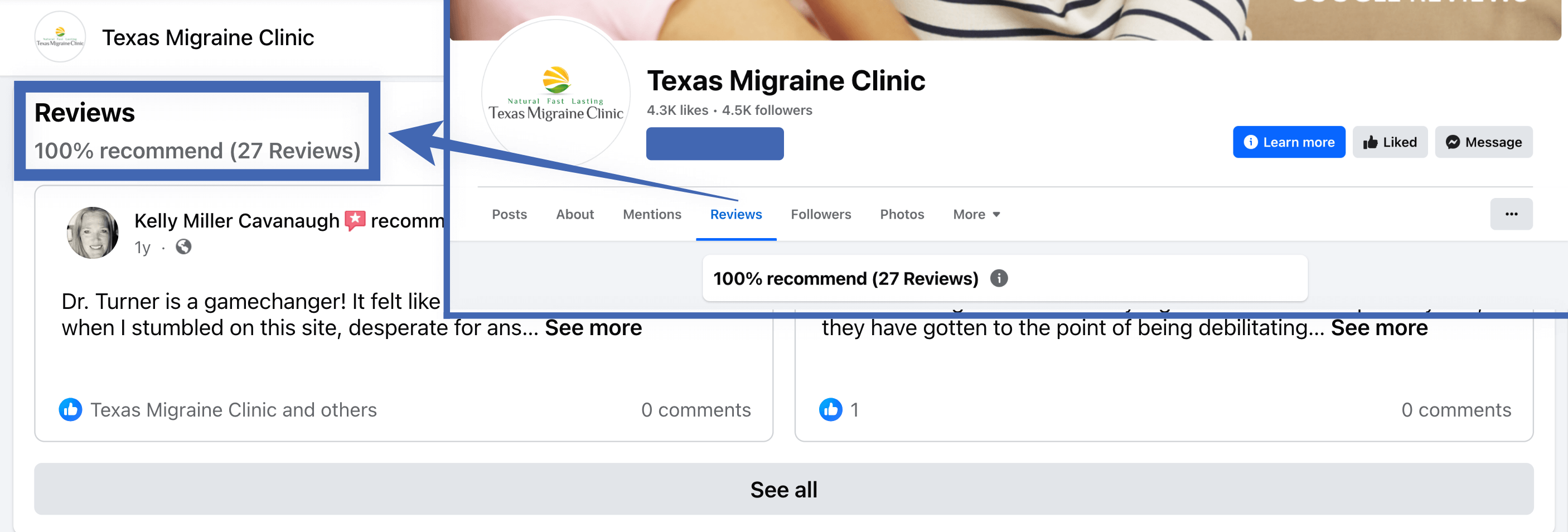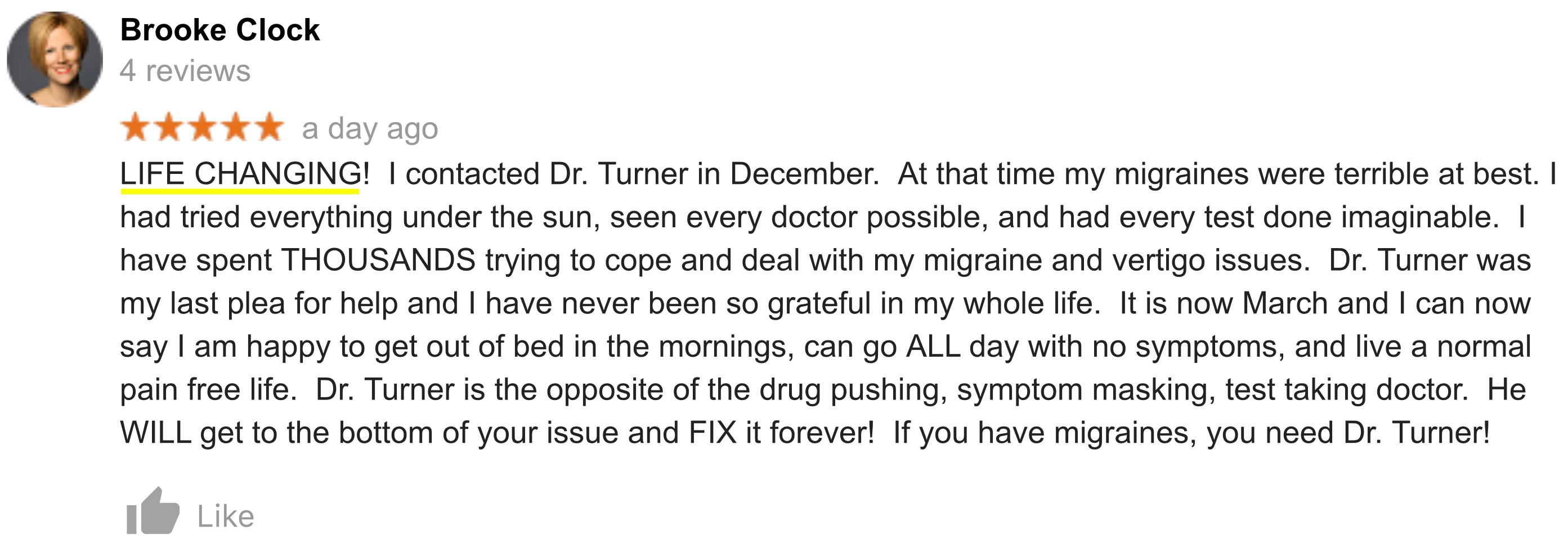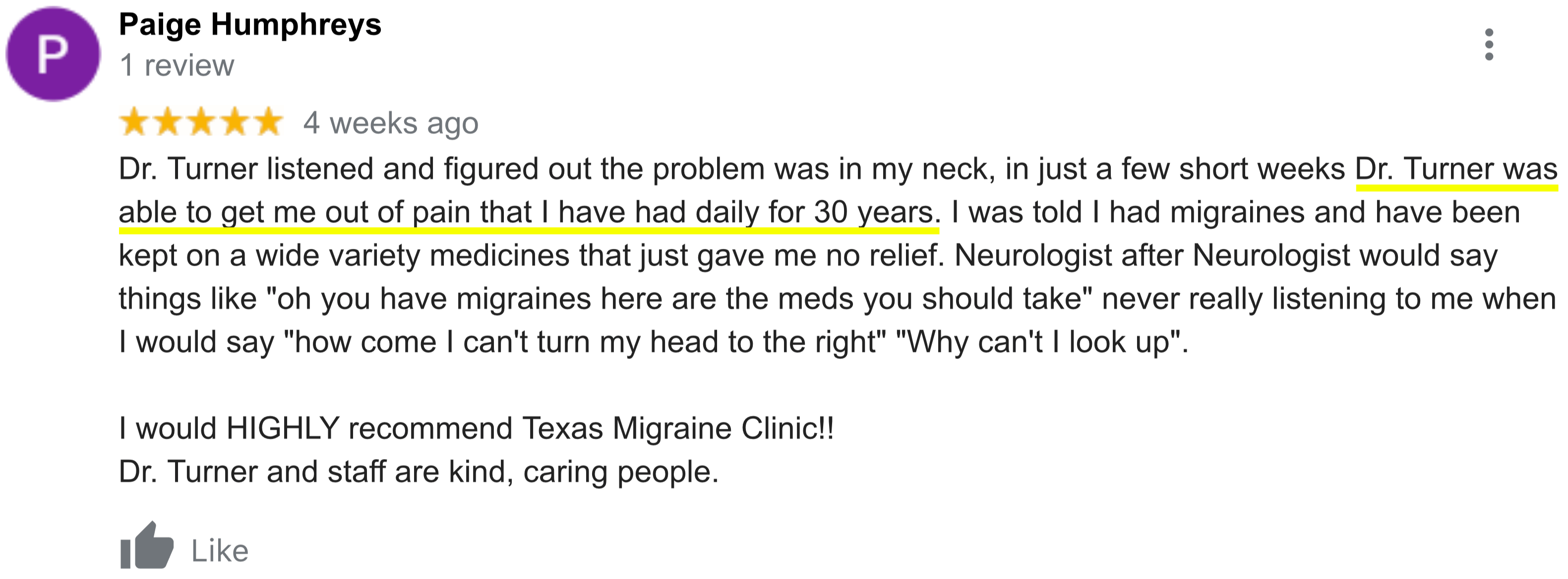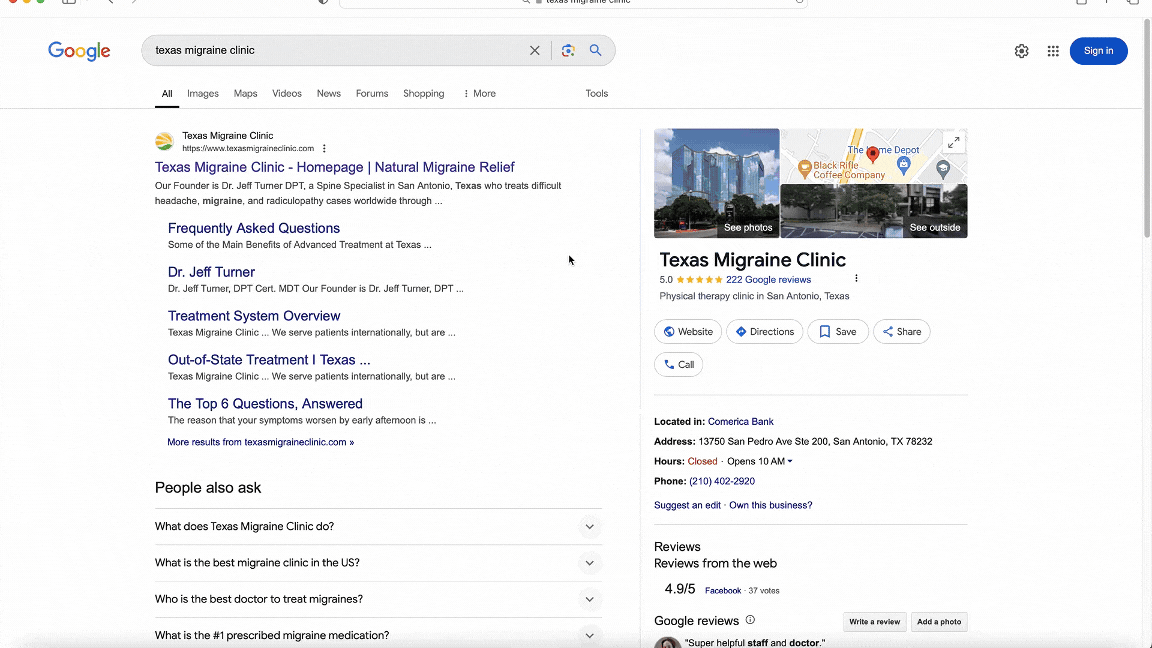Trigeminal Neuralgia Specialists
Choosing the Best Specialists for Trigeminal Neuralgia
In this video, Dr. Turner speaks about trigeminal neuralgia specialists: discussing treatment outcomes and success rates. He also discusses what he believes to be the best trigeminal neuralgia intervention for those in Texas, California, Florida, and other locations.
Trigeminal Neuralgia: What Doctor to See
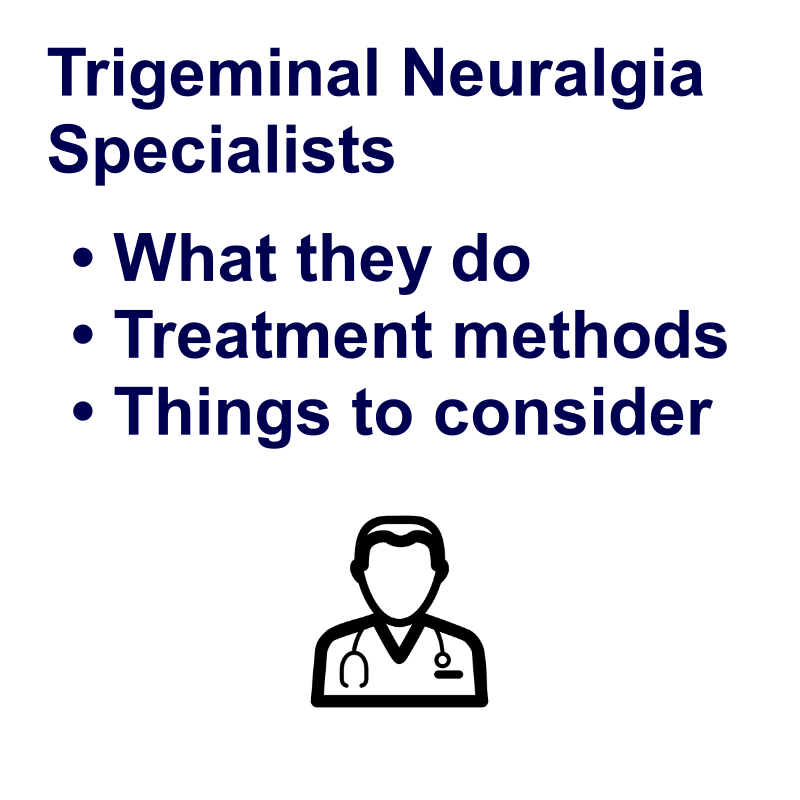
We all know that there are many different specialists for migraines and headaches. We also know that there is much debate about the best trigeminal neuralgia treatments. Historically speaking, trigeminal neuralgia has been a long-term issue for many who often end up seeing neurologists.
However, what if there was a way to fix these symptoms issues without seeing endless neurologists, practitioners, and specialists? Because now, our clinic has treated thousands of patients from Texas, including other countries with a unique intervention designed to stop the trigeminal neuralgia symptoms at the source. The good news is that clients don't need to be in Texas, Florida, or California to receive our treatment.
To Learn More about what we and our specialists do, please see below.
Get Started With Texas Migraine Clinic or Learn More Below
*No upfront charges until you are approved, and consent to treatment.
*Please take the entire survey, or we cannot review your application.
*Still have Questions? CLICK HERE to visit our Quick-Answers FAQ HelpCenter.
What Is the Best Doctor to Treat Trigeminal Neuralgia?
Some patients have trigeminal neuralgia type symptoms, and there are certain specialists that they tend to seek help from, the most common being neurologists because neurologists is a benign way to start treatment for it with medications, different medications, that try to calm down a certain area. They call it the brain stem, which means that, this is your brain stem coming out of your brain and turning into your spinal cord, this pink thing. And this area here is where the nerves come together that go into your head and face. They all kind of join together in this brain stem area.
And certainly the trigeminal nerve associated with trigeminal neuralgia is that it travels up this purple dash line, as you can see, and it breaks into three branches, meaning tri, as in trigeminal neuralgia. And trigeminal neuralgia typically affects primarily this area right in here, around the teeth and cheek and the eye sinus area.
And it's just a horrible problem to have because the pain, it tends to be on one side, but it's very severe. It's supposedly one of the most severe pains that a human being can experience. And it's often zappy or sharp and it's intermittent, usually. Like these zings, like it...if somebody just tries to brush their teeth or talk too much or mess with their cheek or shave as a guy, it might set it off, that touchy. And it might stay for a minute or two, even at times, with this horrible pain or zapping or electrical sensation.
And again, neurologists might try to calm this down, this nerve system, by using medications that affect the brain stem with chemicals, just trying to calm it down here. And it may or may not be effective.
And for those who are underwhelmed with the medication approach, typically they would end up in the hands of a neurosurgeon, nowadays. And they're doing a skull base craniotomy, like cut your skull procedure, kind of like...it is a brain surgery, where they make a window. They shave your hair here and cut into the bone, bore into it, and remove the plug of bone and then go after areas of the trigeminal nerve that they consider compressed by an artery or a vein. And like it's pressing on it, tripping this off.
So then they would use like a little Teflon pad, usually. It's just a small, oval shape pad, that they slide in between the nerve and the vessels to separate them so that the pressure is taken off. And then they would typically, I understand, put a mesh kind of metal piece, the circular, over that area, and then close your skin and that's it. And that's that surgery.
Then there are of course risks associated with it. There can be infection and hearing loss and facial numbness, postop. Maybe some weakness. There's a risk of spinal fluid leak because they are so close to the...they're in the dura area that surrounds the brain.
But nevertheless, that it tends to be quite effective, 80% or more effective. I don't know about the long term, but that's what the research says about that. But it's a very invasive. And what we have found is that, first of all, a trigeminal nerve, the same nerve that you feel if you took ice and put it on your front teeth and got a brain freeze, if you've ever experienced that, that just lights up this nerve system like a Christmas tree. So you kind of know, "Oh, that's what that is." That's all one big nerve system.
Well, the trigeminal nerve in trigeminal neuralgia is, again, more lit up in one particular area, certain branches of the trigeminal nerve. And we have found consistently over 18 years that trigeminal neuralgia, we can shut it off from right down here in the neck because the damage structures and obstructions in the neck and nerve irritation cascade right up the spinal cord into this area that neurologists try to medicate.
And zinging irritation up into this area that goes right into that nerve system and that's what we shut off. And a sign that someone has this neck problem that's cascading up there into that area is generally they'll have tightness in their upper shoulders because the nerves connect in the...like this pink nerve you see coming out, they connect with these lower structures down here in the neck and make your neck upper shoulders kind of tight, like practically all the time.
And you might also notice that just having your eight pound head, like you think of it as a bowling ball pressure on your neck, if your symptoms worsen as the day goes on, say around 2:00, 3:00 in the afternoon, you're noticing that the trigeminal neuralgia is more reactive, be thinking that's a mechanical, like eight pound overload on really irritated structures, instead of some other problem, like a compressed nerve problem here. Or maybe a brain problem or a blood vessel problem. It's common sense to think, "Well, something's being smashed. That's why it's getting worse as day goes on. And it must be down here somewhere. The thing that's getting smashed."
So we shut this nerve irritation off from here, it cascades up into these areas. And the reason we think, the most likely one, why nerve decompression surgery relieves this is that the nerve is really touchy. When you have all this nerve irritation zinging into this nerve system from this neck problem, the nerve is super touchy.
Kind of like, use the analogy that if you got a paper cut, you know how touchy those are. Most of us have had that. And if you just touch your finger, you can feel it acutely. It's crazy irritable. And then after, say four days, you can do this. You don't really feel anything, just pressure. It doesn't...it's not zinging anymore. So in this nerve system, in our experience, when you shut off this nerve irritation that goes into the brain stem and cascades right into the trigeminal nerve system, when we shut that irritation off and the nerve is just normal, it's not all irritable, then the vessels that sit around it, in our experience, that it must not be an issue. Because we find that it abolishes the trigeminal neuralgia symptoms without any injections, no medications, no surgery or anything.
And there was a study that I did personally with Dr. Nasha Holt of the Headache Institute of Texas. And we did 10 consecutive patients in a row for a symposium. We didn't filter out any patients for any particular problems. It was this 10 consecutive trigeminal neuralgia patients, officially diagnosed. And she's an MD and headache doctor. And all 10 of them became totally zero asymptomatic using this system, targeting this area in the neck. None of them were on continued medications and all of them consistently got to zero pain. And we don't know of another system like that.
What to Do About Trigeminal Neuralgia
And it's a really great thing for a trigeminal neuralgia patient to have an epiphany that, "Okay. This isn't necessarily something in my brain or brain stem or whatever that needs to be surgically corrected. It can be conservatively handled. And again, a sign it makes sense why my shoulders have been so tight because it connects to the neck and why I tend to get worse as the day goes on because of my eight pound head pushing down on the nerves. That makes common sense. It's worth trying."
Certainly. So if it does sound interesting to you, you might consider going to our website at texasmigraineclinic.com and just fill out the survey, it's like a symptom survey. And we're very used to looking at those, and there's certain patterns that we're looking for, and see if you're a candidate for this approach. Take care.
How To Find if We're a Good Fit for a Particular Headache or Migraine Case
After evaluating and treating many clients, we have accurate data to determine with high accuracy whether or not treatment applicants are a good fit before treatment before they decide to have it with one of our trigeminal neuralgia specialists.
Being from another country other than Texas isn't necessary because of the highly developed NerveCode™ remote treatment program we use for clients outside of Texas. We've found the relief results of the NerveCode™ remote program to be just as effective as the in-clinic cases we've seen in Texas.
To learn if a particular case is a good fit, feel free to take the survey below.
*No upfront charges until you are approved, and consent to treatment.
*Please take the entire survey, or we cannot review your application.
*Still have Questions? CLICK HERE to visit our Quick-Answers FAQ HelpCenter.
Q&A: Answers
What Doctor Treats Trigeminal Neuralgia?
Many go to neurologists for such long-term issues and symptoms. However if you'd like to learn more about what we do, visit the FAQ page (at the bottom of our website).
Trigeminal Neuralgia Treatment: What Is It?
Our intervention is a natural and noninvasive way to fix trigeminal neuralgia at the source in most all cases. It does this by un-obstructing the headache and migraine nerves in the cervical spine region. These issues have often been overlooked for more than 20 years before patients finally get to us.

